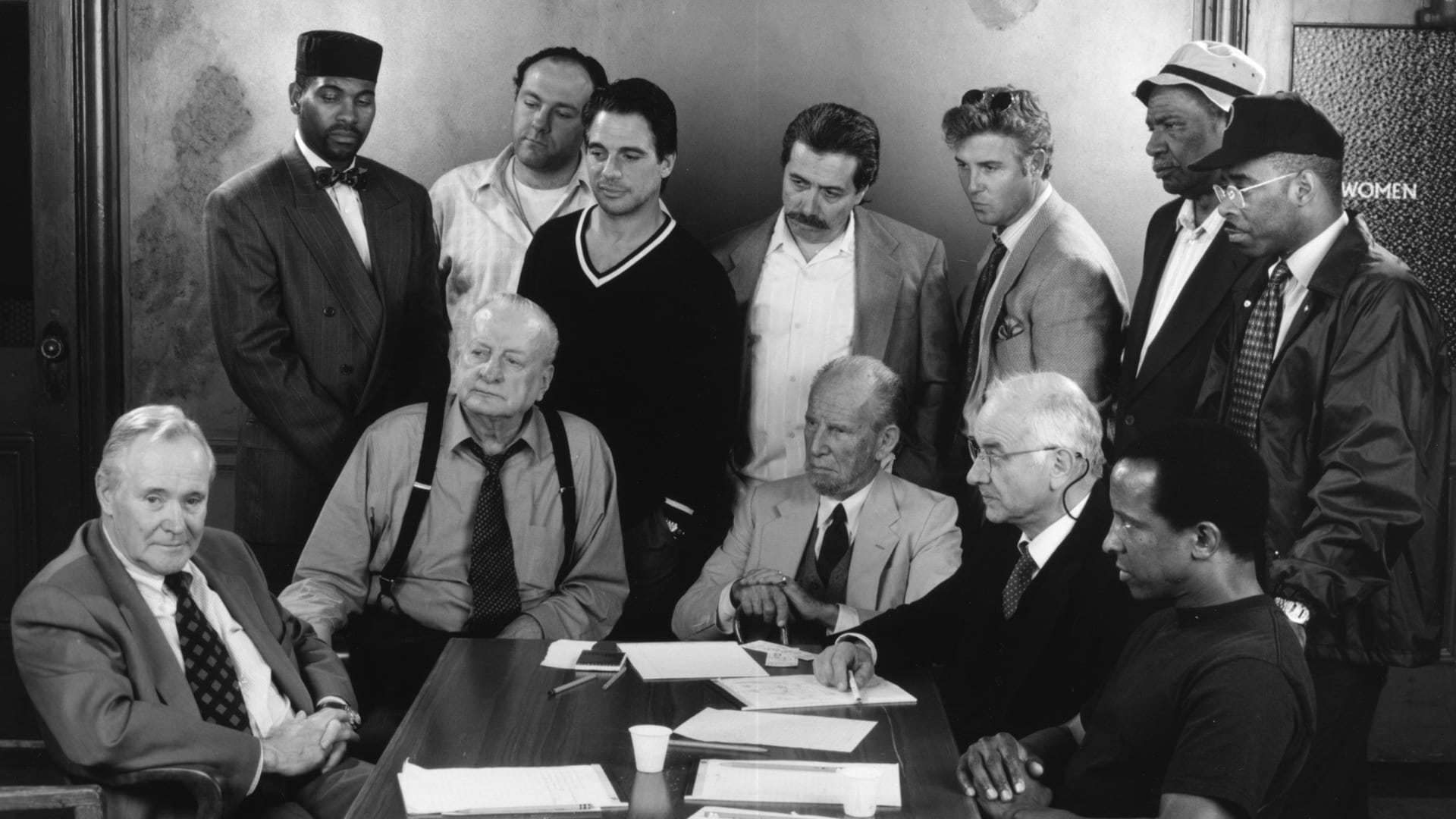Even a director of William Friedkin’s caliber had his work cut out for him with this remake of the towering 1957 drama tracking a jury's fraught deliberations in an apparently open-and-shut murder trial. Wisely, he changes little: most of the incisive dialogue remains the same, and the film still only takes place in one sweltering room on New York’s hottest day.
There are some key differences, though: namely, in a few of the characters (most notably Mykelti Williamson’s ex-Nation of Islam member Juror #10, who helps update the story to the '90s) and the intensification of the ensemble’s star power. The all-star quality of the cast is never wielded to call attention to itself, though; everyone, from James Gandolfini and William Petersen to Tony Danza and Edward James Olmos is on fine character acting form here. Replacing the unforgettable Henry Fonda is Jack Lemmon (exuding warmth and good sense) as the principled lone dissenter who calmly wages a war of words with George C. Scott’s bigoted Juror #3 to give real justice a chance. The 1957 version is admittedly a timeless classic, but Friedkin's version isn't very far off from reaching its predecessor’s dazzling heft — plus, this stands as a compelling argument that every era should have its own 12 Angry Men.
Synopsis
During the trial of a man accused of his father's murder, a lone juror takes a stand against the guilty verdict handed down by the others as a result of their preconceptions and prejudices.
Storyline
Twelve jury members hold in their hands the fate of a teenage boy who faces the death sentence for the murder of his father — but their decision will have to be a unanimous one.
TLDR
Remaking Sidney Lumet’s 1957 classic ought to have been a mortifying lesson in hubris, but not when maverick director William Friedkin is at the helm.
What stands out
This is a brilliant actors’ showcase, as proven by how gripping the movie remains without ever leaving the deliberation room. In the stifling claustrophobia of that space, everything — prejudice, cognitive dissonance, and personal baggage — comes pouring out in an ugly clash that demands intense work from the cast. As a result of the stripped-down chamber-piece setting and total lack of musical score, there’s nothing for the ensemble to hide behind, but they never buckle under the pressure, together producing a forensic psychological study that transcends the film’s single-room setting to feel truly expansive and transporting.






